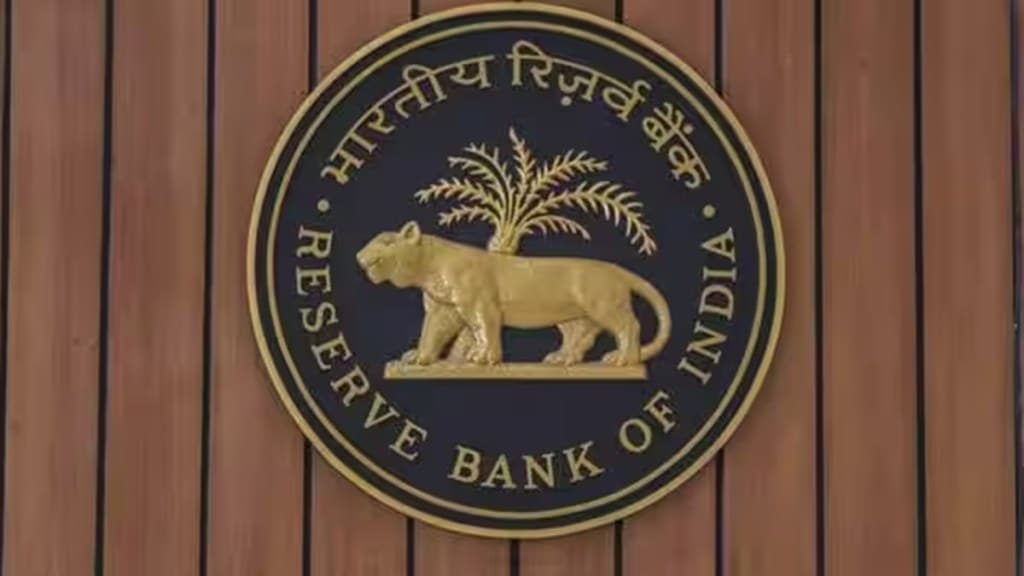Despite all the recent babble seeking to make the world less dollar-dependent, the reality today is that US interest rates unequivocally drive world financial markets. Every word breathed by the Fed chairman or, indeed, any of the governors, is awaited with more anticipation than even news of yet another Taylor Swift concert tour.
At its last meeting last, the Fed held interest rates in the 5.25-5.50% range but said that, depending on incoming data, it is likely the central bank will hike one more time this year. Perhaps more significantly, the Fed said that it expected rates in 2024 would be higher than it had earlier expected. Further, it vociferously confirmed that it will hold to its 2% inflation target come what may, pooh-poohing some market talk that the target should be changed since the world has changed dramatically from what is was when the target was set.
The American equity markets tanked, of course, because most people believed what they wanted to believe— that a “soft landing” was around the corner, and we would revert to falling and definitively lower interest rates “soon”. The reality of higher nominal (and real) interest rates is just beginning to sink in.
An article from the CME points out that “… from January 2009 through June 2022, the U.S. Federal Funds rate was below the year-over-year trailing CPI inflation rate for 83% of the time….[whereas during] the 1982-2002 period, the Federal Funds rate was above the prevailing rate of inflation 97% of the time, and the rare exceptions were typically associated with recessions or periods of economic weakness.”
In other words, positive real interest rates—when the Fed funds rate is higher than the CPI—are the norm, and the last 15 years or so, when real interest rates (and sometimes nominal interest rates) were negative, were the aberration.
Now, positive real interest rates are not, as of themselves, a negative for equities. Through the period of negative real rates, the Dow, unsurprisingly, rose from 11,000 at the end of the 2007-08 crisis to just below 35,000 now, a rise of more than 200% in 15 years.
However, when real rates were positive (1982 to 2002), the Dow rose by 700% over 18 years, an even better performance. Clearly, long-term equity performance is not coloured by whether real interest rates are positive or negative—productivity changes (such as absorption of new technologies) and demographics are more important.
Of course, as Keynes noted, in the long run we are all dead. In the short term, however, the recognition that real interest rates are going to be positive for some time will certainly generate some fallout in equities and, indeed, in other markets.
All the major stock markets in the world fell in response, including India, where the threat of increasing portfolio outflows as a result of higher US interest rates—in the first 20 days of September outflows have exceeded $1 billion, as compared to net portfolio inflows of $22.5 billion in April to August—looms large.
Additionally, it appears that there was a lot of selling in blue chips held by Canadian pension funds in view of the sudden India-Canada tension.
This also put immediate pressure on the rupee which fell to an all-time closing low of 83.20 or so; however, it snapped back above 83 on news that JPMorgan will be including Indian government bonds in its global bond index in June next year (which, absent any fresh nervousness, should bring $25-30 billion into our debt market).
The inclusion in global bond indices, which has been pending for some time, confirms that India’s financial markets are being more widely accepted, and should help us attract increasing amounts of investment over the coming years.
Unfortunately, the rupee was not able to sustain its short burst of enthusiasm since (a) the expected debt market flows are still some months off and, in any case, are subject to several other issues, both financial and geopolitical; (b) portfolio investors are, as already mentioned, voting to exit to the much better risk-balanced returns now available in even money market funds in the US; (c) our current account deficit is looking pretty bleak with merchandise exports falling for the fourth straight month and oil prices holding firm above $90 per barrel; and (d) of course, the continuing pressure from the strong dollar.
DXY has climbed above 105, a level seen less than 6% of the time over the past 20 years. Since mid-July the index has risen by 5% and most currencies, particularly EUR and GBP, have fallen in loud concert. The rupee, however, has slipped by less than 2%—RBI continues to ride herd actively to prevent any substantial decline.
With inflation an ever-present problem, even more so as the political season heats up, it is clear that inflation management is RBI’s number one priority, and rightly so.
In any event, simply pushing the rupee lower, even if in response to global dollar strength, is unlikely to add substantially to exports.
Export growth would be far better served if the government were to accelerate the work on improving process and paperwork for both imports and exports, which renders turnaround times as high as 7 to 10 days (in the best cases), whereas the global standard is 1 day.
In any event, with a large number of conflicting global and domestic forces at play and, significantly, the FX market ever more open to speculation, volatility is certain to increase and RBI is sure to remain busier than ever through the festive season.
Jamal Mecklai, CEO, Mecklai Financial. Views are personal.


